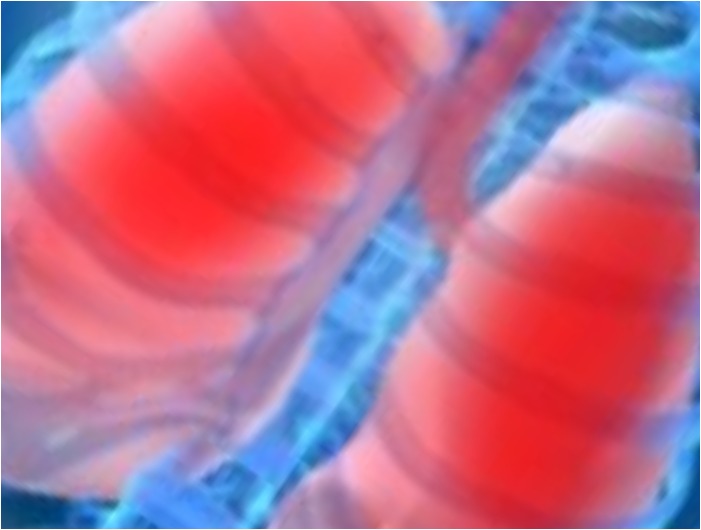
Pneumonia is a severe and potentially life-threatening lung infection that affects people of all ages. Here are ten essential facts about this condition, highlighting the significance of diagnosis, prevention, and treatment:
- Pneumonia can be caused by a variety of bacteria, viruses, and fungi present in the air we breathe. It leads to inflammation in the lung’s air sacs, resulting in symptoms like cough with phlegm or pus, fever, chills, and difficulty breathing.
- Both viral and bacterial pneumonia can be contagious, meaning it can spread from person to person through respiratory droplets.
- Community-acquired pneumonia (CAP) is the most common type and is a leading cause of morbidity and mortality worldwide, including in India. It is a serious respiratory illness that can lead to sepsis.
- Common bacterial pathogens responsible for CAP include Streptococcus pneumonia, Haemophilus influenza, and Moraxella catarrhalis.
- Early diagnosis of the causative pathogen is crucial for effective management. This helps initiate appropriate anti-bacterial, anti-viral, or anti-fungal treatment promptly.
- The diagnosis of pneumonia involves a comprehensive medical history and physical examination. Chest X-rays, blood culture tests, and, in some cases, CT scans of the chest may be used to aid diagnosis. Bronchoscopy might be advised in severe cases or if the symptoms do not respond well to antibiotics.
- Microbiological tests may not always identify the cause of pneumonia, with the cause remaining unknown in 40-70% of cases.
- Molecular tests like RT-PCR (Reverse Transcription Polymerase Chain Reaction) are valuable tools for identifying specific pathogens and distinguishing between bacterial and viral infections. These tests also provide information about antibiotic susceptibility. Modern RT-PCR-based molecular diagnostic kits can simultaneously detect 15-30 pneumonia-causing pathogens and deliver results within a few hours, significantly faster than traditional culture methods.
- Prevention of pneumonia can be achieved through improved hygiene practices, vaccination, and maintaining adequate nutrition. Addressing environmental factors such as air pollution is also crucial in prevention.
- Immunization against certain diseases like HIB, pneumococcus, measles, and whooping cough (pertussis) is highly effective in preventing pneumonia, especially in children, in addition to the aforementioned preventive measures.
By raising awareness about the importance of early diagnosis, prevention strategies, and timely treatment, we can combat pneumonia and reduce its impact on individuals and communities worldwide.
